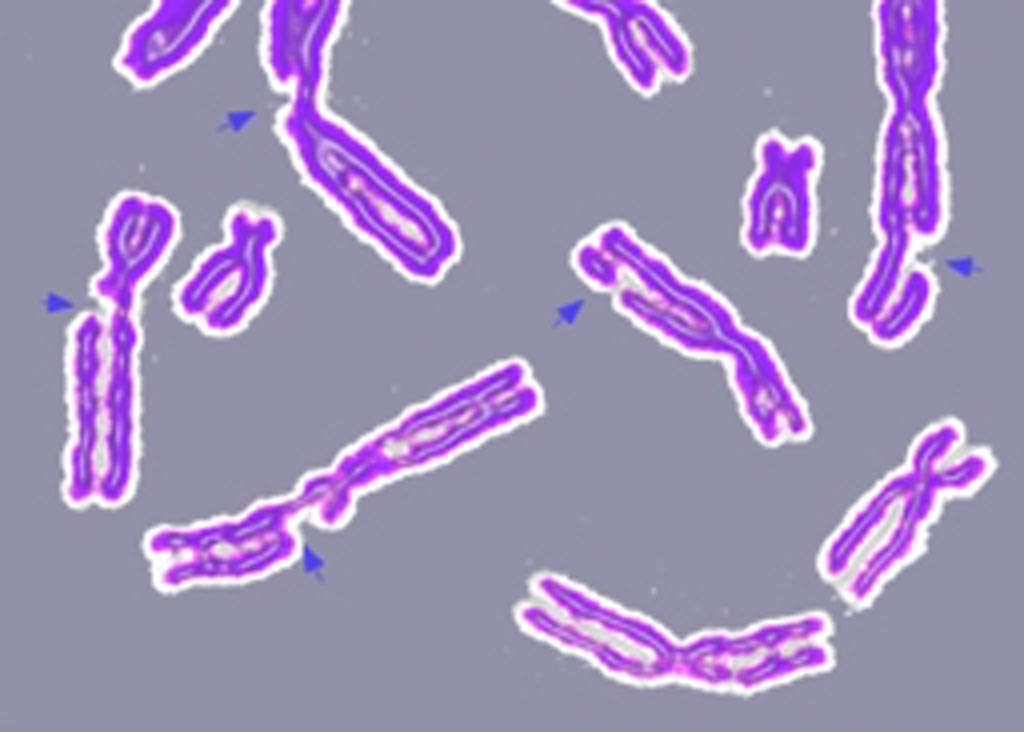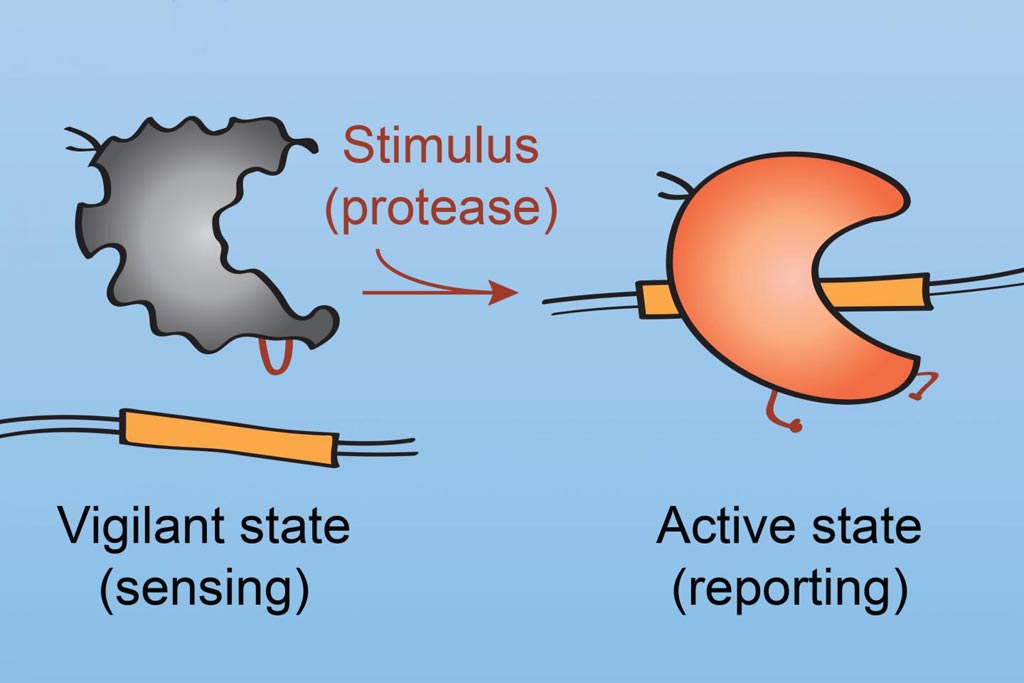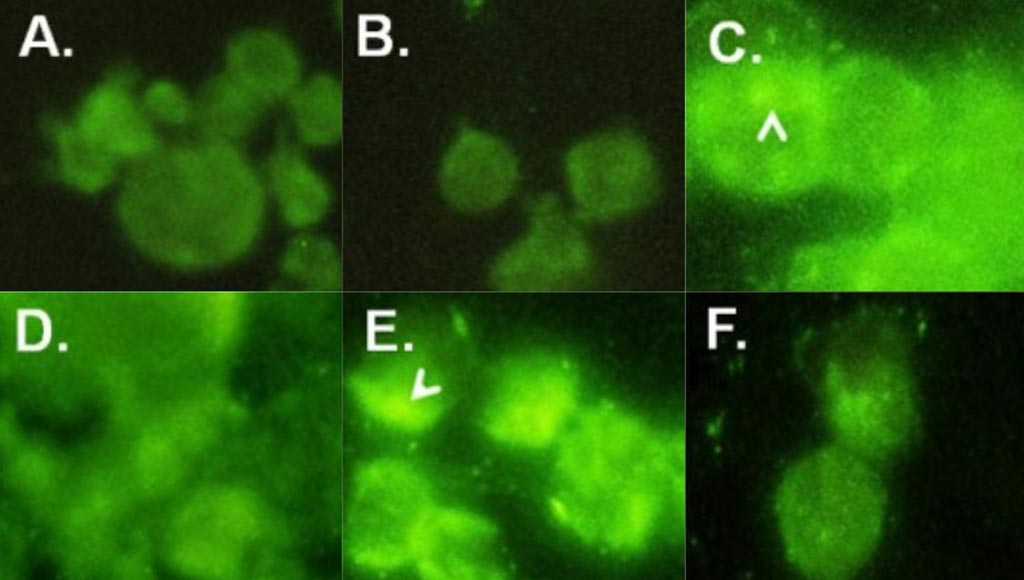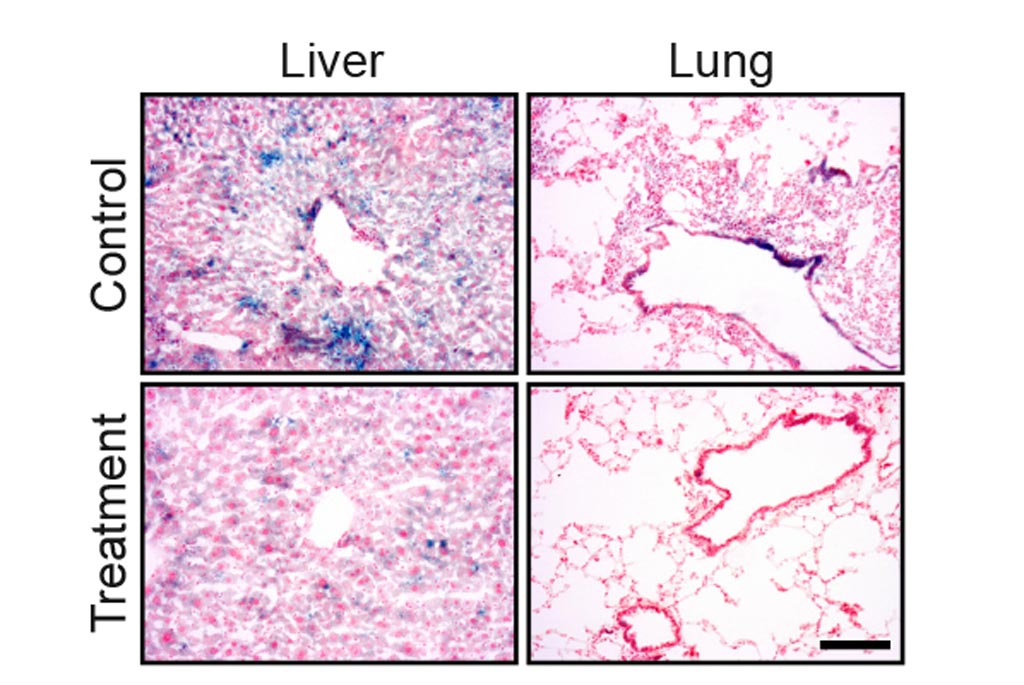BioResearch

Complex DNA Repair Problems Underlie Genome Instability
While low levels of the protein ubiquilin-4 (UBQLN4) are linked to increased sensitivity to genotoxic stress and delayed DNA double-strand break repair, elevated levels of this DNA repair-associated protein have been found in particularly aggressive tumors. More...23 Jan 2019




Preventing Accumulation of Senescent Cells Reverses Adverse Signs of Aging
Researchers working with mouse models have shown that some of the less desirable signs of aging, such as chronic inflammation and reduced function of some organs, could be reversed by treatment to reduce the number of senescent cells that have accumulated in the animal. More...15 Jan 2019

Inhibition of RNA-Editing Enzyme Sensitizes Tumors to Immunotherapy
An international team of cancer researchers has reported that by blocking the function of the RNA-editing enzyme ADAR1 (Adenosine Deaminase Acting on RNA1) in tumor cells, they could profoundly sensitize tumors to immunotherapy and overcome resistance to checkpoint blockade therapy. More...14 Jan 2019
Neighbor Cell Signals Cause Function Change in Response
A molecular mechanism has been identified that maintains cell identity via an active process, which is mediated by repressive signals released by neighboring cells that curb an intrinsic trend of differentiated cells to change. More...14 Jan 2019
In Other News
Blocking Expression of TGF-Beta Preserves Healthy Skin
Computer-Based Strategy Designed for Protein Nanomachines
Ocular Disease Genes Identified by Screening Multiple Genomes
Bacteria from Medicinal Soil Kills Antibiotic-Resistant Pathogens
Tracer Cardiomyocytes Generated by Stem Cell Modification
Zika Vaccine Protects without Inducing Antibody Production
RNA Sequencing Offers Greater Capacity for Recovery and Analysis of Molecules
Targeted System Uses Conjugated Bacteria to Deliver Drugs
Gene Editing Prevents Mice from Developing Hereditary Obesity
Vaccine Effectively Protects Mice against RSV Infection
Stem Cell and CRISPR Technologies Combine to Study Mutant Tau Genes
Blocked Endosome De-acidification Prevents Amyloid Plaque Formation
Suppression of a Specific Kinase Blocks Growth of Dependent Tumors
Tumor Suppressor MicroRNA Blocks Cancer Growth in Model
Gene Therapy Treatment Uses Microparticles to Deliver DNA or RNA
DNA Methylation Pattern May Be Biomarker for Cancer Detection
Nanoparticle Assay Detects Respiratory Bacteria in Pneumonia Model
Deeply Penetrating Nanoparticles Designed to Treat Osteoarthritis
Diabetes Researchers Convert Stem Cells into Insulin-Producing Cells

Analytical Tools Reveal Molecular Mechanism of Gene-Editing Tool
Hormone Treatment Linked to Development of Aggressive Cancer
Mannose Treatment Enhances Chemotherapy and Slows Growth of Cancers
Novel DNA Vaccine Prevents AD in Mouse Model
BioResearch brings the latest research news on the genome, proteome, metabolome, on drug discovery, and therapeutics. Biotech researchers, lab administrators, technologists, drug manufacturers, and suppliers can find the latest research news and information related to their fields of endeavor here.











